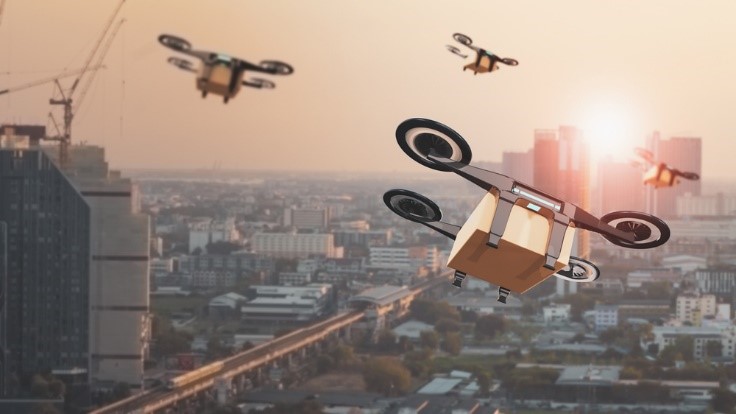In short
|
|
|
|---|---|
|
PROJECT ID
|
USEPE |
|
PROJECT DURATION
|
2021-01-01 > 2022-12-31 |
|
PROJECT TYPE
|
Exploratory research |
|
TOTAL COST
|
EUR 1.999.308,75 € |
|
EU CONTR.
|
EUR 1.999.308,75 € |
|
STATUS
|
Ongoing |
Objectives
In the future, the number of drones flying simultaneously in the same geographical area will increase and will need to be safely separated from each other and other airspace use. The separation problem becomes more complex in an urban environment where buildings and turbulence add to airspace complexity.
The USEPE project explored potential separation methods throughout the strategic and tactical flight planning phases, including defining the actors responsible for making decisions. The research considered which actor should be the predetermined separator (the drones themselves or the U-space system) throughout the strategic and tactical planning phases before defining a set of concepts to provide safe separation for different kinds of drones.
USEPE analysed concepts including density-based separation and geo-vectoring by assigning speed limitations, and applied machine learning algorithms, namely a recurrent neural network, in order to improve the separation management outcome. This resulted in the development of a new separation method called D2-C2 dynamic density corridor concept, which combines the density-based method with high-speed corridors and geo-vectoring syntax to separate drones in a high-density environment.
To simulate the different concepts and assess the impact of the key performance areas of safety, capacity and efficiency, USEPE developed and made available new modules in Bluesky, an open access simulator. These included a city module, a path planning module, a strategic deconfliction module and an airspace segmentation module. The simulations included real wind data. The findings from the USEPE research project will be shared with relevant stakeholders as a first step in creating an initial concept of operations for an urban airspace separation management system.
Benefits
- New opportunities and applications for drones
- Feedback to support policy makers
- Introduces automated separation management
Participants
- INGENIERIA DE SISTEMAS PARA LA DEFENSA DE ESPANA SA-SME MP (Coordinator)
- NOMMON SOLUTIONS AND TECHNOLOGIES SL
- UNIVERSITETET I SOROST-NORGE
- DEUTSCHES ZENTRUM FUER LUFT - UND RAUMFAHRT EV
- GOTTFRIED WILHELM LEIBNIZ UNIVERSITAET HANNOVER
- POLIS - PROMOTION OF OPERATIONAL LINKS WITH INTEGRATED SERVICES, ASSOCIATION INTERNATIONALE
- INDRA NAVIA AS
This project has received funding from the SESAR Joint Undertaking under the European Union's Horizon 2020 research and innovation programme under grant agreement No 890378


